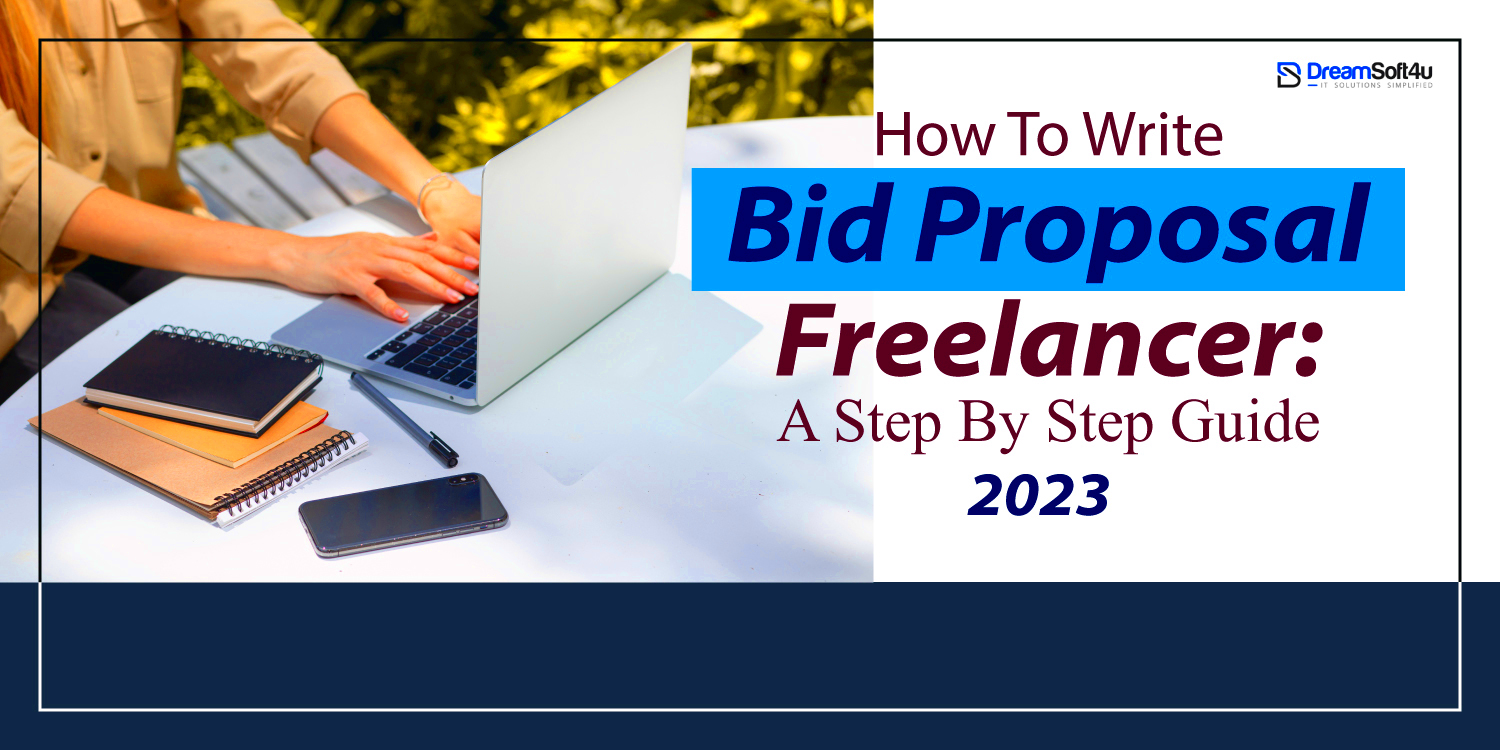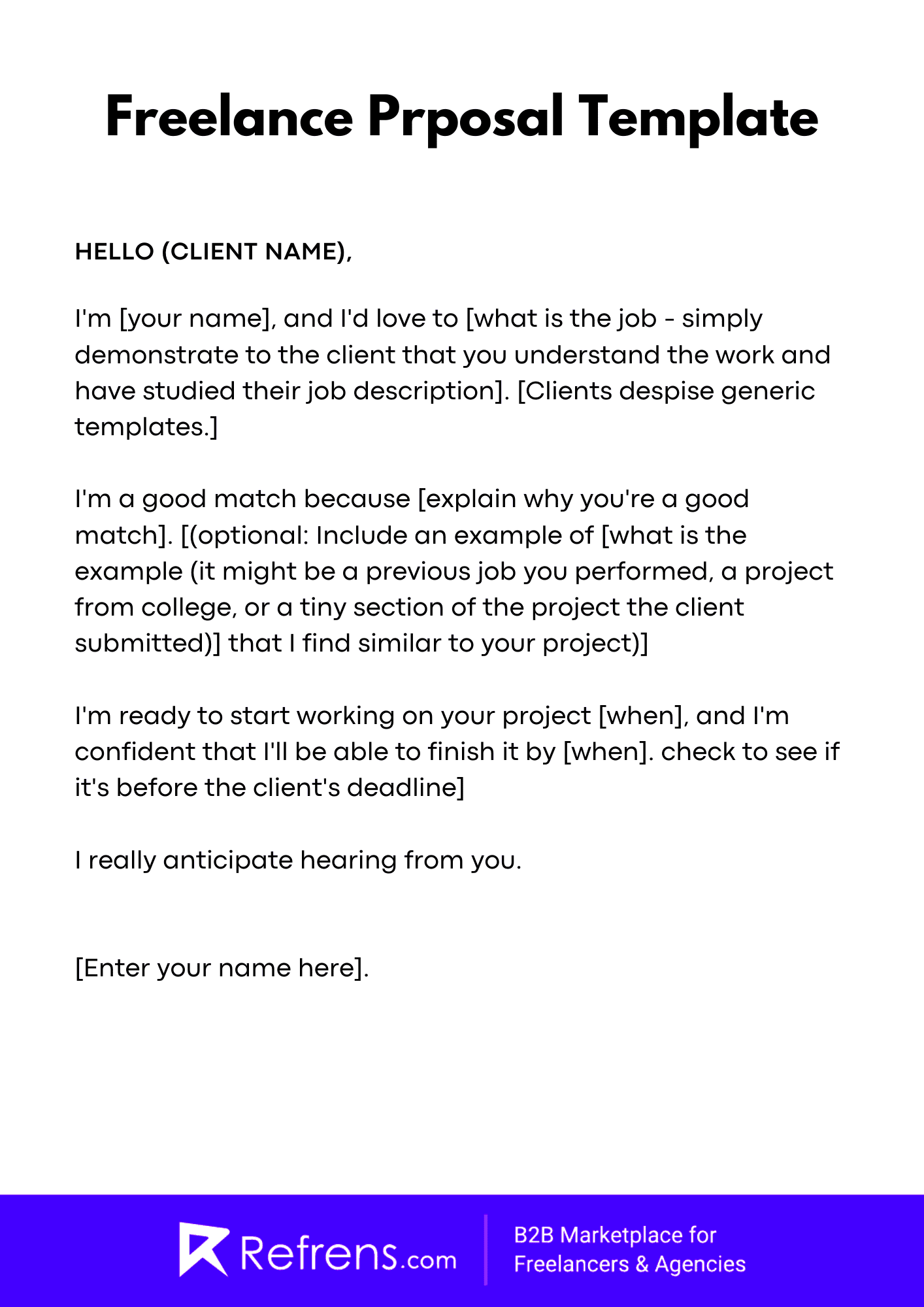Freelance proposals are essential for securing new clients and building a successful freelance career. A well-crafted proposal can make a big difference in showing potential clients that you understand their needs and have the skills to help them. It's your chance to introduce yourself, explain your approach, and set yourself apart from the competition. In this guide, we’ll walk you through the steps of writing a winning freelance proposal that will help you stand out and increase your chances of landing the job.
Understand the Client's Needs Before Writing

Before you start writing a proposal, it’s important to fully understand the client’s needs. This is the foundation of your proposal and ensures that you’re offering the right solution. You can do this by:
- Reading the job description carefully: Understand the project requirements, goals, and expectations.
- Asking clarifying questions: If anything is unclear, don’t hesitate to reach out to the client for more information.
- Researching the client’s business: Learn about their industry, products, and services so you can tailor your proposal to their specific needs.
By gathering all the necessary details, you’ll be able to present yourself as a solution to their problem. It’s also a good idea to show that you’ve done your homework. This helps build trust and makes the client feel confident in your abilities.
Also Read This: How to Put an Ad on Fiverr
Structure Your Proposal Clearly
Once you’ve gathered the details, it’s time to structure your proposal in a way that is easy for the client to follow. A well-organized proposal is not only professional, but it also helps the client quickly assess your offer. Here’s a basic structure you can follow:
| Section | Description |
|---|---|
| Introduction | Introduce yourself, your expertise, and the purpose of your proposal. |
| Project Understanding | Explain that you understand the client’s needs and how you plan to address them. |
| Scope of Work | Detail what tasks you will perform, the deliverables, and the timeline. |
| Budget | Clearly state the cost of your services and explain any payment terms. |
| Why You? | Highlight why you are the best fit for the project, referencing your skills and experience. |
Each section should be clearly labeled and easy to read. Use bullet points, short paragraphs, and bold text for key information. This will make it easier for the client to review and understand your proposal. The goal is to make the client feel confident that you can deliver the results they are looking for.
Also Read This: How to Do Data Entry on Fiverr
Highlight Relevant Skills and Experience
When writing a freelance proposal, one of the most important sections is where you highlight your skills and experience. This is your chance to show the client that you have the expertise needed to complete the job successfully. But instead of just listing skills, focus on relevant experience that directly applies to the project. Here are a few ways to effectively highlight your skills:
- Tailor your experience: Choose past projects that closely align with the client’s needs. If you’ve worked on similar tasks or with similar clients, be sure to mention it.
- Show results: Don’t just say you have experience—provide examples of how your work has helped other clients. For example, mention how your previous project led to increased traffic or sales.
- Include testimonials: If you have positive feedback from previous clients, include a few short testimonials. This can greatly increase your credibility.
Keep it concise and relevant—clients don’t have time to read through a long list of all your past jobs. Focus on the experiences that are most applicable to the project at hand. When clients see that you have successfully handled similar work in the past, they’re more likely to trust that you can do it again.
Also Read This: Understanding How a Freelance Writer Earns Money
Set a Competitive but Fair Price
Pricing is often a delicate part of writing a freelance proposal. You want to be competitive, but you also need to make sure your rate reflects the value you’re offering. Here are some tips to set a fair price:
- Know the market rate: Research the average rates for freelancers in your niche and region. You can use platforms like Fiverr or Upwork to get a sense of what others are charging.
- Consider the scope of work: If the project is larger or requires specialized skills, it may justify a higher price. Make sure to take into account the time and effort required.
- Don’t undervalue yourself: Charging too little may make clients question your skills or your commitment. It’s important to price yourself according to the value you provide.
- Offer different pricing options: Some clients prefer fixed prices, while others may prefer hourly rates. Be open to offering both, depending on the client’s preference.
Remember, your price should reflect your skills and the quality of work you’re going to provide. Avoid undervaluing yourself just to win the job. Clients who are serious about quality work will understand the value of a fair price.
Also Read This: Fiverr Affiliate Program: How to Make $2,000 a Month
Show Your Understanding of the Project
One way to stand out from other freelancers is by showing that you truly understand the client’s project and needs. This demonstrates that you’re not just copying and pasting a generic proposal but have taken the time to consider the specifics of their requirements. Here’s how you can show your understanding:
- Restate the project goals: In your proposal, briefly restate what the client is looking for, ensuring they see that you’re aligned with their objectives.
- Ask questions: If something is unclear or if you think you can add value to the project in a unique way, ask questions. This shows that you’re not only interested but also thinking critically about the project.
- Offer insights: Share any ideas or suggestions you have based on your experience. If you see potential improvements or ways to approach the project more efficiently, offer them in a respectful and constructive way.
By demonstrating that you understand the project, you’ll gain the client’s confidence and show that you’re invested in delivering results. This also makes your proposal more personalized, which can help set you apart from other freelancers who might not take the time to show such attention to detail.
Also Read This: Why Fiverr.com Was Not Working for 4 Days in July 2018
Use a Professional Tone and Language
Using a professional tone and language in your freelance proposal is key to making a great impression. Clients are looking for someone who can communicate clearly and professionally, so how you present yourself matters. Here are some tips for maintaining professionalism in your writing:
- Be clear and concise: Avoid using overly complicated language. Be direct and to the point, but without being too casual or abrupt.
- Be polite and respectful: Always address the client with respect. Use polite phrases like “I would be happy to assist you” or “Please let me know if you have any questions.”
- Keep your tone positive: Even if you’re addressing potential challenges, do so in a positive manner. For example, instead of saying “This might be difficult,” try “This will be a challenge, but I’m confident we can overcome it.”
- Proofread your proposal: Check for spelling and grammatical errors before submitting. A proposal with mistakes can look unprofessional and careless.
Being professional in your proposal helps build trust with potential clients. It shows that you take your work seriously and are committed to providing quality service. Just remember to stay friendly and approachable—professional doesn’t mean stiff or overly formal.
Also Read This: Document Editing Demystified: How to Edit Document in Canva
FAQ
Here are some frequently asked questions about writing freelance proposals:
- How long should my proposal be? Aim for a length that’s detailed but not overwhelming. Around 1-2 pages is usually a good length, depending on the project.
- Should I include my portfolio in the proposal? Yes! A portfolio or examples of your previous work can help clients see the quality of your work and increase your chances of getting hired.
- How do I handle rejection? If a client doesn’t choose you, ask for feedback. This can help you improve future proposals and understand what the client was looking for.
- Is it okay to follow up on a proposal? Yes, following up is acceptable, but don’t overdo it. A polite follow-up a few days after submitting your proposal can show your continued interest.
Conclusion
Writing a freelance proposal is your opportunity to make a strong first impression with potential clients. By understanding the client’s needs, clearly structuring your proposal, highlighting your relevant skills, and maintaining a professional tone, you can increase your chances of winning the project. Remember, a proposal is not just about selling your services—it’s about building trust and showing that you understand the client’s goals. With these tips in mind, you’re ready to start writing proposals that stand out and help you land the freelance projects you want.




